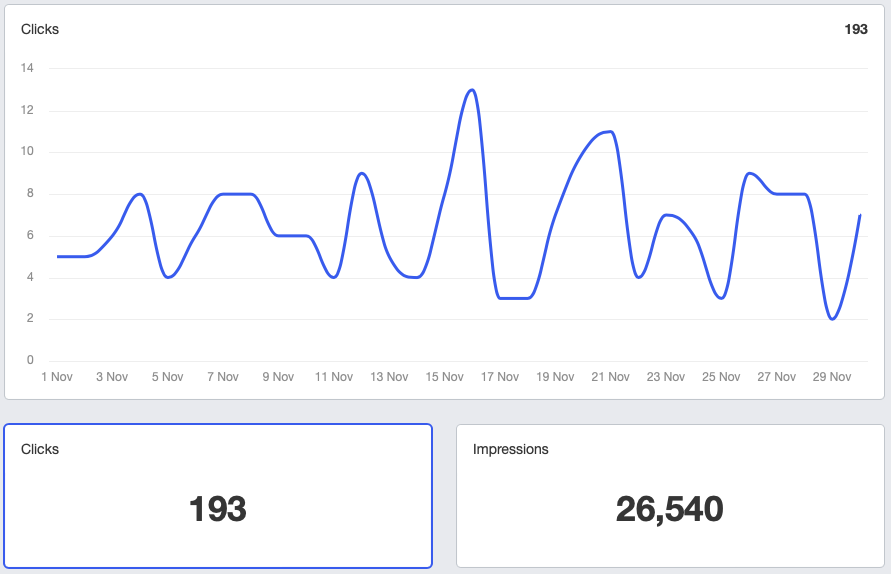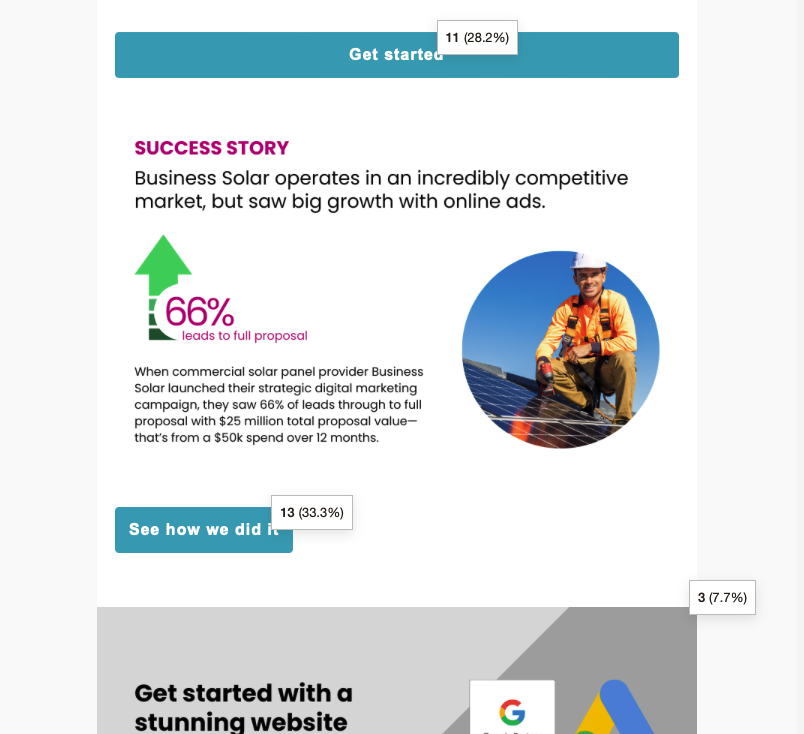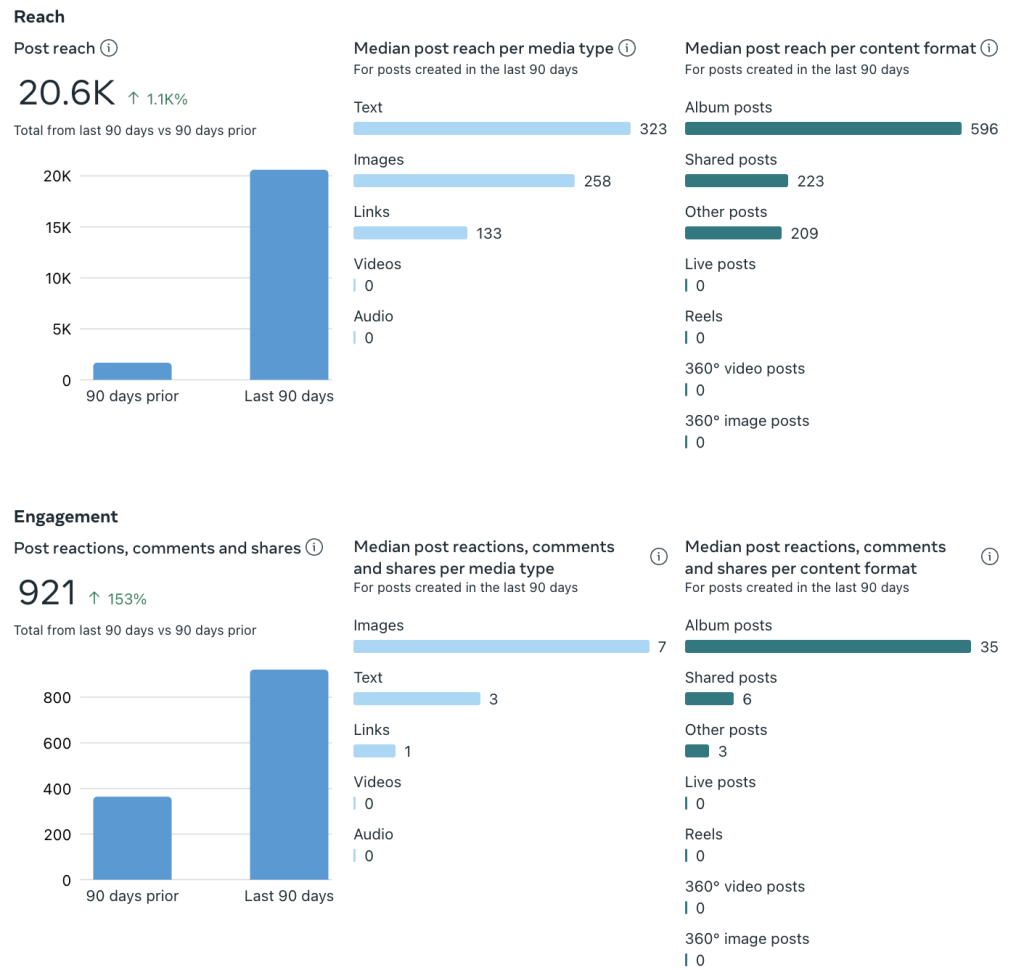When it comes to business decisions, accurate data offers many strategic insights:
- Track where spending goes
- View live results (inc. ROI)
- Divert budget to wins
- Do the opposite where you might be losing
- Know the numbers behind your business, and
- Much more
Accurate and secure data is super handy for business decisions.
We investigate why, what it looks like and how to get set up.

What is data for businesses?
“Data is an invaluable asset that helps decision makers understand performance, customer behaviour and market dynamics.”
Confirmed by business.gov.au, “Your business data is any information you can collect about the operations of your business”.
And the more, the merrier:
- Customer Data (Last Purchase Date, Type of Purchase, Order, Demographics)
- Financial Data (Revenue, Gross Profit Margin, Operating Income, Inventory
- Turnover, Working Capital)
- Website and Social Media Analytics (Traffic Sources, Page Views, Bounce Rate, Conversion Rate)
- Customer Feedback and Surveys
- Marketing and Advertising Performance Data
Data is an invaluable asset that helps decision makers understand performance, customer behaviour and market dynamics.
👉 Here’s a great resource: Important Metrics Around Websites
Collecting and analysing data effectively can be a significant advantage in business.
Accuracy is the secret ingredient

Accurate data is cinch in the digital space, but it can be tough when it comes to traditional “analog” marketing. Here’s a great comparison.
Let’s say two businesses, A and B, want to alert local audiences about an upcoming sale.
Business A makes the analog choice.
They design and print 1,000 flyers and pay someone to hand them out to passers by in a nearby shopping centre.
Business B makes the digital choice.
They design a landing page (a web page specific to a certain event, product or sale, etc) and create social media and Google Ads. They pay to display these ads online to people in the local area, and the ads link to the landing page.
The data:
Business A is able to determine how many flyers were handed out by simply subtracting the remaining bundle from the original 1,000.
Business A doesn’t know…
- How many people binned the flyers
- How many read them and to what extent
- How many threw them on the ground (not a good look for a business), or even
- How many new customers and revenue they gained through the campaign—unless they ask and get truthful answers
Business B, on the other hand, has access to:
- How many people were exposed to the ads
- How many clicks/taps they received, and on which platforms, times and days
- Certain demographics
- How long people spent looking at the ads and on the landing page
- How far down the page they scrolled
- The percentage of people who clicked through to the landing page, but didn’t make a purchase and vice versa
- How many people shared the ads with others
- How many direct sales the campaign made and how much revenue was generated
It’s easy to see why so many businesses opt for digital marketing.
What this data can look like
Business data should be presented in user-friendly dashboards and shareable reports which empower businesses to make informed decisions, refine their strategies and tailor their marketing efforts to reach their target audience more effectively.

A website’s traffic acquisition over a month (mid June – mid July). Clearly SEO, aka Organic Search, is an important strategy.

A graph showing clicks on a particular web page over the month of November. Clicking on the ‘Impressions’ button in the bottom right will show those numbers.

An email marketing campaign report showing the percentage of clicks per button within the email.

The percentage of people who clicked on a particular advertisement per email platform. Clearly, it’s best to optimise for Gmail and Microsoft Office.

Social media analytics showing reach (impressions on people) and engagement (how many people engaged with the post, clicked or shared for example).

Facebook and Instagram analytics comparing reach and profile visits. Techniques to boost numbers include strategic posting, including time and day, content variation and paying for boosts.
Adjustable metrics make viewing and understanding data a piece of cake.
How to acquire data through digital marketing
“Many are similar in terms of user interfaces, so getting the hang of one often means you can quickly implement others.”
Choose the Right Analytics Tools
Select and set up analytics tools that are appropriate for your business. Google Analytics is a popular choice for tracking website and user behaviour. Social media platforms often provide built-in analytics for tracking engagement and audience demographics.
Implement Tracking Codes
Install tracking codes on your website and digital assets to collect data. For instance, Google Analytics requires you to embed a tracking code on your web pages. This code monitors user interactions and provides insights.
This may seem a little tricky, but a good-quality digital marketing agency can set it up in a flash.
Set Up Conversion Tracking
Define what conversions mean for your business (e.g., form submissions, product purchases, lead gen). Implement conversion tracking to measure how successful your digital marketing efforts are in achieving these conversions.
Create Landing Pages
Develop dedicated landing pages for specific campaigns or promotions. Landing pages enable you to gather data on user engagement and assess the effectiveness of your marketing efforts.
Email Marketing Data
Use email marketing tools like Mailchimp or HubSpot to collect data on open rates, click-through rates and subscriber behaviour. Segment your email list to personalise content and gather more data.
Social Media Insights
Social media platforms provide insights into audience demographics, engagement metrics and post performance. Analyse these metrics to refine your content and posting schedule.
Content Marketing Data
Content management systems (CMS) like WordPress offer plugins and tools to track user interactions with your blog posts and other content. This data helps you understand which topics and formats resonate with your audience.
Connecting a website to Google Analytics is also a wise move. FYI, Google Analytics is free to use.
Online Advertising Data
Platforms like Google Ads and Facebook Ads offer detailed analytics on ad performance. Use this data to optimise your ad campaigns.
There’s a whole suite of additional data tools available to businesses who opt for digital marketing, each tailored to specific needs and goals.
Many are similar in terms of user interfaces, so getting the hang of one often means you can quickly implement others.

Business decisions on a whim can have dire consequences.
Impulsive decisions or guesses lack the insights necessary for success.
Without a data-backed approach, businesses can encounter financial setbacks, damaged reputations, missed opportunities and more:
- Misallocation of resources
- Wasted time and money
- Undermining employee morale and trust in leadership
- Inability to adapt to changing circumstances
As pointed out by CRM platform giant Salesforce, today, 8 in 10 business leaders say data is critical in decision-making. Many, however, aren’t using their data to its full potential. To ensure your data is not only effective, but also secure, IT consulting firms like Quo Group can help protect your business data, supporting more informed and secure decision-making.
See the numbers behind your business today
Digital marketing provides businesses with easily accessible data through the use of online tools and platforms that capture and analyse an array of metrics.
These metrics, like website traffic, click-through rates, conversion rates and social media engagement, allow you to track the effectiveness of campaigns and your business as a whole in real time.
Keen to get started?






